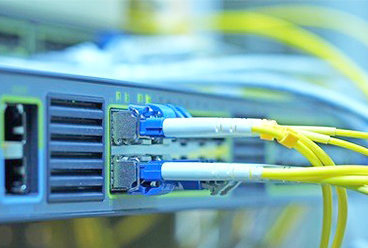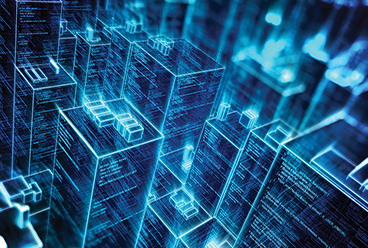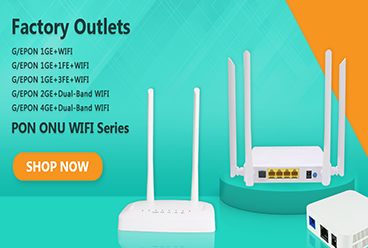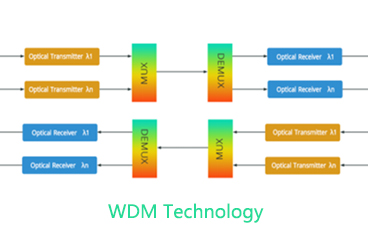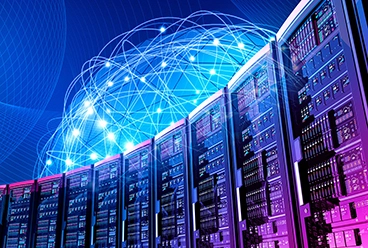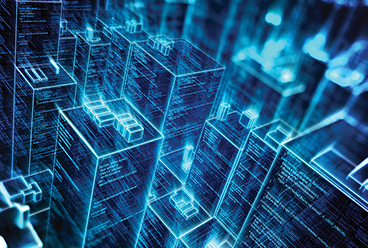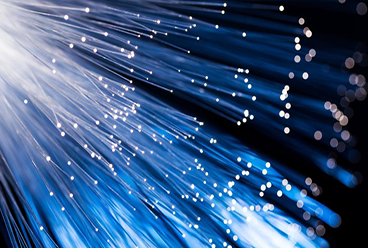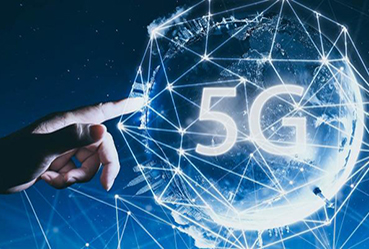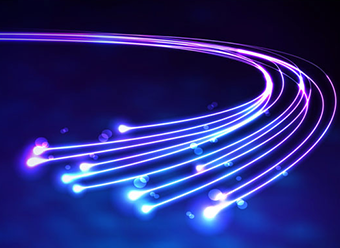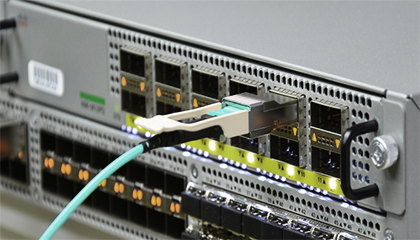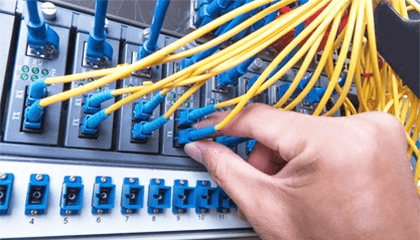What Is Power over Ethernet?
Power over Ethernet is a technology that enables the safe transfer of Direct Current electrical power along with data over standard network cabling. Both the data and the power may share the same wire, and each is independent and unaffected by the other.
PoE System Architecture
A typical PoE system consists of a Power Sourcing Equipment (PSE) and a Powered Device (PD) or several PDs. According to the IEEE 802.3af specification, PSE is responsible for inserting power onto an Ethernet cable. The PSE may either be an Endspan (PoE switch) or a Midspan (PoE injector). And the PD is a device that draws power from the PSE, which could be an IP phone, a WLAN access point or any other IP device requires power.
The Benefits of PoE
PoE is widely deployed to areas where access to Alternating Current (AC) power is inconvenient, expensive or infeasible to supply. PoE can power devices that are located in ceilings, on rooftops, light poles, along fences, pipelines, transit routes and other out-of-the-way locations. The cost of bringing electrical power to each device is eliminated by powering the equipment through the Unshielded Twisted Pair (UTP) cable. The benefits of PoE can be summarized as follow:
1.Cost Savings: No need to install power outlets and no need to hire licensed electricians.
2.Flexibility: Easily move devices to wherever a LAN cable can go and install devices where it is difficult to get power.
3.Simplicity: Install only Ethernet cable to the end device and minimize cable clutter and saves space.
4.Safety: No AC power is needed for outdoor applications and no need to meet electrical building codes.
5.Functionality: End devices can be reset remotely.
Tags : PoE , Power over Ethernet
— END —




